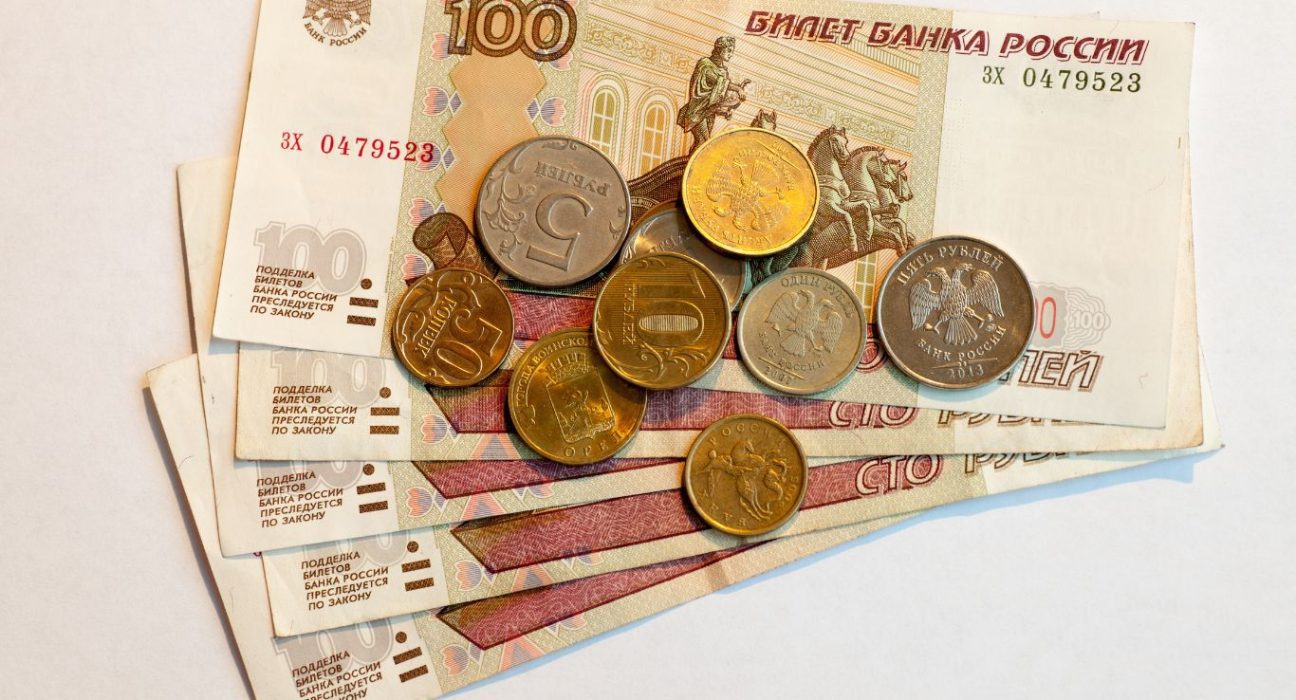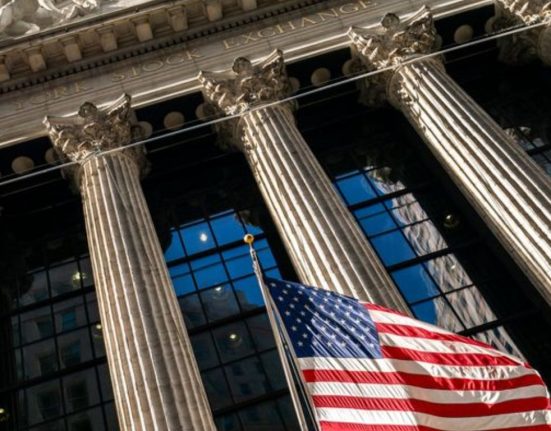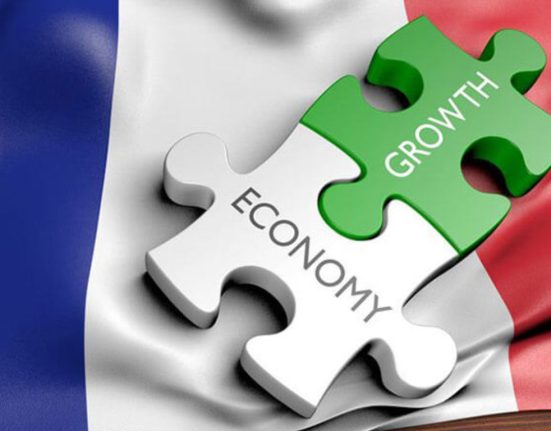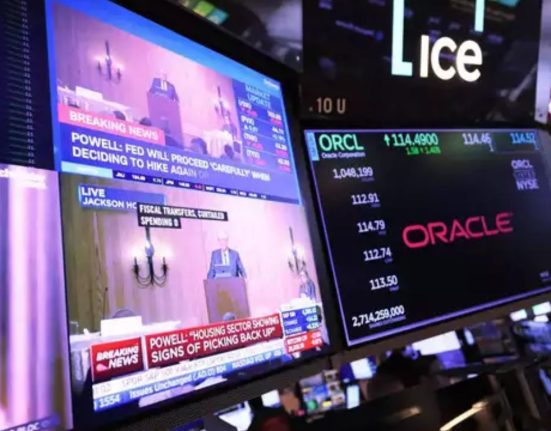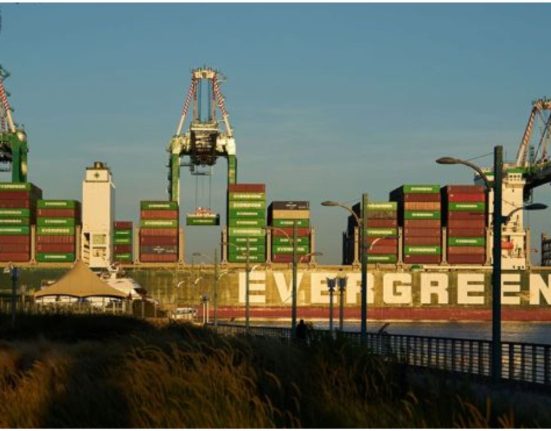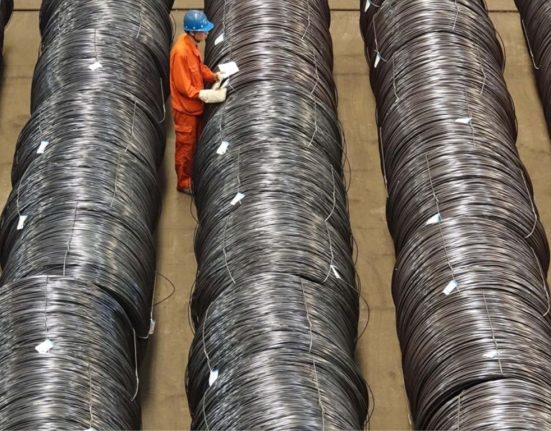The Russian rouble has gained strength against major currencies, including the US dollar, euro, and yuan. By 0923 GMT on Thursday, the rouble was 1% stronger against the dollar at 78.44, its strongest mark since April 3. It also gained 1.1% to trade at 86.74 versus the euro and was 1.1% firmer against the yuan at 11.33, also its strongest since early April against both currencies.
The rouble’s recent rally is attributed to the partial recovery in oil prices. Oil prices have been on the rise throughout April, which translates to higher export revenues for Russian exporters. As a result, the rouble has benefited with a lag from high oil prices. The recovery in oil prices has countered the impact of reduced foreign currency supply, which has also contributed to the rouble’s rise.
Central Bank’s Interest Rate Decision Boosts Rouble
The rouble’s sharp rise can also be attributed to the central bank’s decision to hold interest rates steady on Friday. The bank has retained the prospect of future hikes, which has boosted the rouble’s appeal to investors. The decision has also helped to support the country’s economy by keeping inflation in check.
The central bank’s move to hold interest rates steady comes at a time when the Russian economy is facing challenges due to the ongoing COVID-19 pandemic. The country’s GDP contracted by 3% in 2020, and recovery has been slow. The bank’s decision to hold interest rates steady is seen as a move to support the economy by keeping borrowing costs low.
Future Outlook for the Rouble
The future outlook for the rouble remains positive, as long as oil prices continue to recover. The country’s economy is heavily reliant on oil exports, and any significant changes in oil prices can have a major impact on the rouble’s value. The central bank’s decision to hold interest rates steady also bodes well for the rouble, as it helps to keep borrowing costs low for businesses and individuals.
However, the ongoing COVID-19 pandemic remains a concern for the Russian economy. The country has been hit hard by the pandemic, and the slow pace of vaccination has raised concerns about a potential third wave. Any further disruptions to the economy could have a negative impact on the rouble’s value.
In conclusion, the Russian rouble has gained strength in recent sessions due to a partial recovery in oil prices and the central bank’s decision to hold interest rates steady. The future outlook for the rouble remains positive, as long as oil prices continue to recover and the economy continues to recover from the COVID-19 pandemic.
